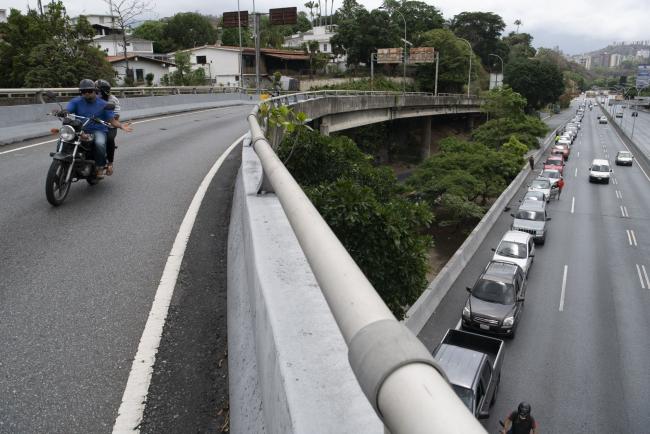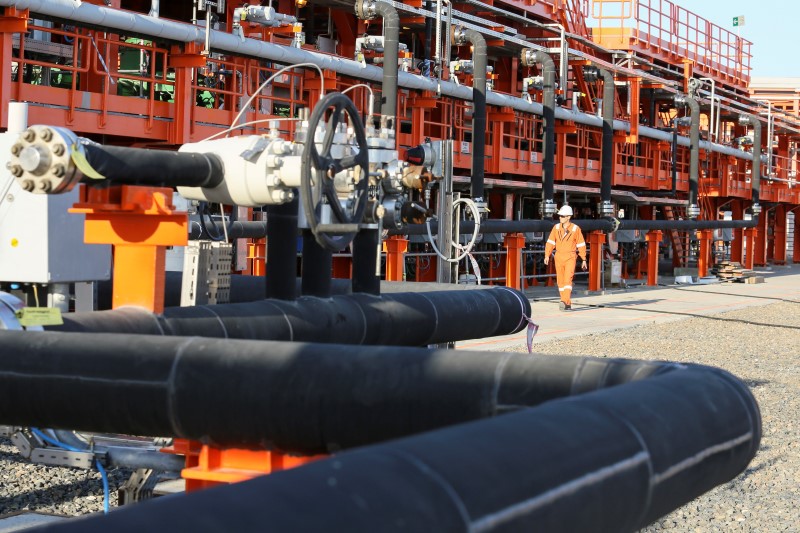(Bloomberg) -- Venezuela’s hour-long gas station lines have disappeared following the arrival of five Iranian tankers last month, carrying a total of 1.5 million barrels of fuel. But the relief may be short-lived.
For now, once-shuttered filling stations are open again, operating 24 hours a day in Caracas and other cities, where drivers can buy up to 120 liters of government-subsidized fuel per month as part of a new dual-price system aimed at rationing scarce supplies. As the Iranian aid is consumed, experts say pressure will increase on state-owned Petroleos de Venezuela SA to fill the gap.
“Iran’s 1.5 million barrels of gasoline supply is a limited amount and it will eventually end, even with current low demand due to the coronavirus quarantine measures,” said Luis Alfonso Soler, an oil consultant and former PDVSA executive.
When that happens, the country’s dilapidated refineries will be responsible for meeting 50,000 barrels a day of fuel demand. Only two of five PDVSA plants are producing gasoline right now -- and only enough to satisfy 60% of the nation’s needs.
The situation could worsen if pandemic-related lockdowns end in July, increasing demand for gasoline across the country. Supplies are already dwindling in towns outside of Caracas that saw less of the Iranian fuel.
“We’re seen shortages again, just like before the Iranian vessels came,” said Vicente Perez, a coffee producer from Lara state.
In addition to sending fuel, Iran has sought to help repair Venezuela’s ailing refineries, sending technicians and parts to PDVSA’s Cardon Refining Complex, which is still undergoing maintenance. At the two operating refineries, Cardon and El Palito, production is hardly stable, with plants intermittently going offline and halting output.
PDVSA did not immediately reply to request for comments.
“Both El Palito and Cardon sum up 30,000 barrels of gasoline per day, which is not enough to satisfy local demand,” said Nelson Hernandez, an energy consultant.
©2020 Bloomberg L.P.

